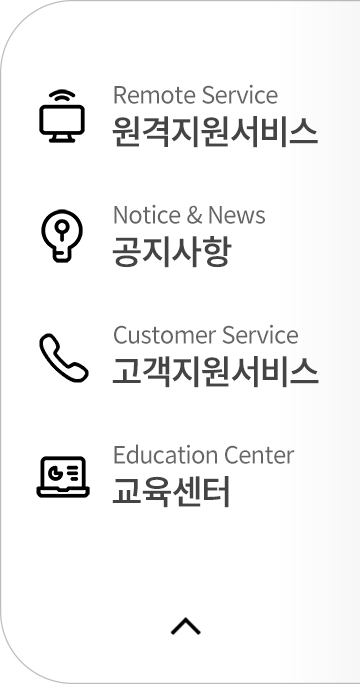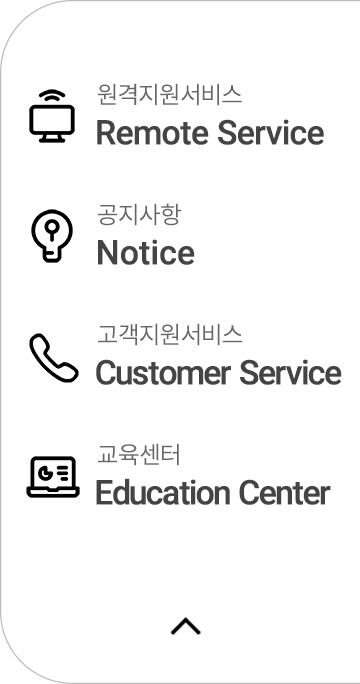Home > What is ERP(Enterprise Resource Planning)? ERP system is a program that helps companies manage resources effectively and provides insight into the decision-making of their operations. The Younglimwon Soft Lab ERP system provides data integrity that matches the flow of data in the system with the business processes such as personnel, sales, production, purchase, logistics, and accounting. Younglimwon Soft Lab ERP can be integrated with various solutions used by companies such as GW, MES, PLM, and CRM. Data assets are now essential to grow business so those are needed to be managed integrally with ERP for real analysis. Younglimwon Soft Lab, a 30-year-old ERP company, evolves into Artificial Intelligence(AI) and Cloud(SaaS) ERP, providing business insights to help customers make better management and agile decisions. ERP(Enterprise Resource Planning) is a flexible integration of application software that processes the core information needed to operate a company, including accounting, personnel, purchase, sales, transport, delivery, manufacturing, and logistics. The software supplied to manage work process is called the ERP package, which automatically connects to the entire system when data is entered from one system, enabling integrated operation without interface process. And new versions of ERP package are supplied periodically, making it easier to use new technologies, improving productivity with advanced business processes, ensuring reliability and safety by applying it to many companies, simplifying and standardizing operations with consistency and integration of data, and providing quick decision information through real-time processing. Therefore, the introduction of ERP package can achieve both advanced processes and state-of-the-art information technologies to maximize business efficiency. It means that ERP system solves the company’s concerns about responding to the rapidly changing business environment and the development of information technology at the same time. (Source: Younglimwon ERP Information Manager, Lee Jin-seo, Choi Yeon-hee) The purpose of ERP is to ensure that every organization responds to customer needs consistently and quickly. However, most companies maintain a functional hierarchical organizational structure such as sales, production, accounting, and general affairs, following the efficiency-oriented control methods that have been implemented for a long time. This organizational structure and operation method have caused many obstacles and problems in business cooperation and communication between departments. The need for an integrated business processing system, such as ERP, has increased, particularly in the face of increasing change and complexity, as an entire organization faces many difficulties in effectively responding to new customer needs. (Source: Neurology for CEO, Kwon Young-beom and others) YoungLimWon Soft Lab ERP can be introduced 13 modules and 150 business processes to suit the customer industry. Improve business suitability by providing an efficient business environment in a short period of time through business-specific processes and supporting specialized processes in each industry, including projects, pharmaceuticals, chemicals, food, distribution, and public. New processes that adapted to changing environments are also optional and removable. The ability to ‘plug-and-play’ applications will make it easier to deliver greater value to customers. What is ERP(Enterprise Resource Planning)?
ERP란 무엇언가?
What is ERP(Enterprise Resource Planning)?
Definition of ERP
The Gartner Group, the consulting firm that introduce the concept of ERP system, defines ERP system as “a next-generation system of applications that enable the business processes of the enterprise to work in harmony.”
In other words, it refers to a management innovation technique that maximizes productivity by rebuilding the various management systems that were operated independently across all sectors of the company such as personnel, finance, production, and logistics, into an integrated system. In the past, each subsystem supported handling tasks in the field and processed information for better decision-making. But information was not connected to other sectors at the same time since it was operated separately, so it caused inconvenience and waste. ERP is designed to address these challenges, allowing data inputted from each department to be used simultaneously by all departments of the company.
ERP is not completely new, but it is a significant improvement in concept. It is an advanced system which compared to the Material Requirement Program (MRP) that emerged in the early 1980s and the MRPII developed in the late 1980s. In other words, starting with the proposed MRP to facilitate material management and purchase activities in the company’s production management sector, it is being developed as a company-wide concept for mutual information integration among all organizations through the transition period of MRPII. Purpose of Introduction of ERP
YoungLimWon Soft Lab ERP Features
Companies need a variety of systems other than the programs provided by ERP vendors. Companies need a lot about integrating the capabilities of various systems. In order to alleviate these concerns, ERP should provide functions that allow various business tools to be linked with data in a sustainable way. Despite changes in process and data architecture, it must be easy to connect with other applications. In addition, sophisticated API models should be used to expand business capabilities to address capabilities gaps. While YoungLimWon Soft Lab carries out smart factory projects, we designed to collects data from the MES(Manufacturing Execution System) through DB to DB linkage in real time to help automate production sites and making agile decisions for the business. In addition, Stitch API Hub Service, developed by YoungLimWon Soft Lab, safely provides scalability and convenience functions through organic linkage with external services such as groupware, electronic tax invoices, expense management, credit information, and RPA. YoungLimWon Soft Lab increases business agility by utilizing the latest technology in line with market needs and changes. Through cooperative relationships with various ICT companies, we are making great efforts to provide various functions to help our client companies manage their business better, and to help in decision-making in corporate management.












